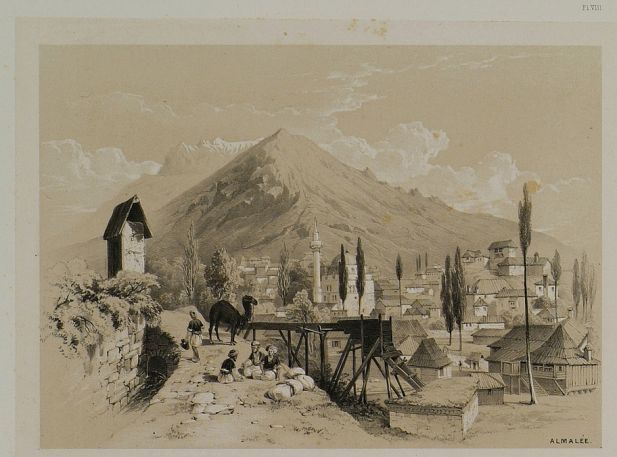I made a special trip to the British Museum recently to look
at the Lykian monuments from ancient Xanthos. Lykia (or Lycia) was a
civilization on the coasts and upland heights of south western Turkey,
influenced by both the Persians and the Greeks that reached its height in the sixth and fifth centuries BC. Lykian tombs still dot
the landscape, large blocks like immense loaves, and Xanthos itself is hugely impressive.
Conquered by Alexander the Great, the civilization and cities of
Lykia were unknown in the West – and were only rediscovered in the
1830s by the British archaeologist and traveller Charles Fellows. Fellows made
several expeditions to this remote area, mapped the sites quite carefully and
with the permission of the Ottoman authorities and the help of the sailors of a
Royal Navy ship, he excavated and removed some of the friezes and remarkable
temple-like tombs, which now remain some of the BM’s most impressive exhibits. They
include expressive friezes of horses, men, bulls and winged harpies, a complete
colonnaded temple – the Nereid monument – immensely popular with visitors for
photo opportunities, and some of the tombs with their massive
curved stone lids.
 |
| The Nereid monument
|
I was just getting stuck into a good look at Fellows’
collection at the BM when the fire alarm went off and we all had to shuffle
out.
 |
| Scharf's drawing of the tower tombs at Xanthos.
|
 |
| And one in the the BM - the protruding stone 'joists' suggest that these tombs imitated timber structures |







Great post. Love the photos. . .so how long did you have to remain outside after the fire alarm? We just spent a morning in the Cairo Museum and had an alarm gone off, we'd have likely not thought of fire which is so sad for this wonderfully fascinating city. By the way, they are now allowing photographs in the museum, first time in a couple of decades - they will continue the policy until early Jan. When they clamp down on cameras again.
ReplyDeleteThanks for reading - and Happy New Year!
DeleteWaited a long time for Conquerors ... worth the wait. Loved it. Tks fr the photos of Lykian tombs. Another reason the BM is one of my favourite places on Earth.
ReplyDeleteWhat's your next writing project to be?
Glenyce
Thanks for reading. I think it's going to be a book about the Crusades - just working on it.
DeleteGreat blog, discovered your books... and your beautiful photographs. My next book to read will be Constantinople.
ReplyDeleteAurelie